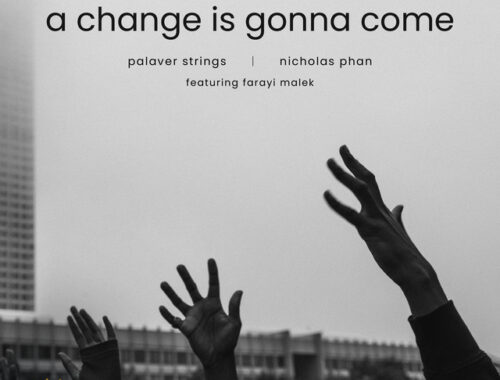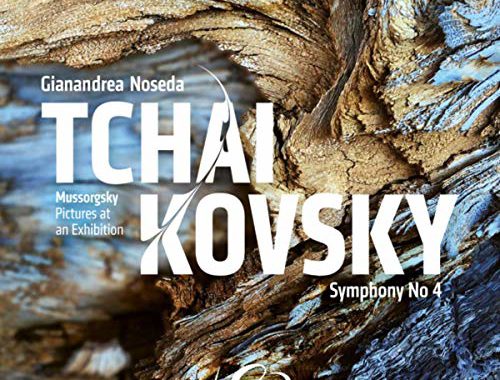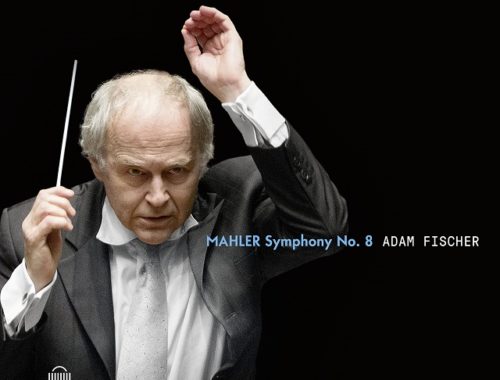Philharmonia Orchestra, Sokhiev, Royal Festival Hall
The trick with Debussy’s Prélude à l’aprés midi d’un faune is to make the whole piece sound as free as the celebrated flute solo which awakens it. Tugan Sokhiev almost brought it off. Here is a conductor of minimal gesture and absolute control who somehow manages to instil that sense of the improvisatory into all his tempo-rubato. He breathes with the music never against it – and the Philharmonia Orchestra seems to breathe with him. The arrival of the string melody here was, as it should be, auspicious and roomy while the sensuous winding down with balmy horns and light-catching antique cymbals felt free of all conductorial intervention.
Rather like Debussy’s languorous solo flute, the solo violin part in Prokofiev’s 2nd Violin Concerto seems on occasions to be created in the playing of it. Or it did with the astonishingly accomplished Akiko Suwanai in attendance. Her playing, her sound, was so very “present” that all those dramatic contrasts between the expensively lyrical and the astringently impulsive seemed that much more fantastical. But it was in those rhapsodic counterpoints to the second movement’s ravishingly unassuming melody that the fantasy in Suwanai’s playing really kicked in, soaring on uninhibited portamenti whose glamour seemed entirely in keeping with the figure-hugging satin she wore so well. Suwanai’s face gave nothing away.
Tugan Sokhiev smiles a lot at the sheer pleasure of what he is hearing. As I say, there isn’t too much physical intervention though he does make one constantly aware of the harmonic pertinence of all the musical counterpoint. One suspects that much of that textural balancing is achieved in rehearsal. That said, his terrific performance of Tchaikovsky’s 4th Symphony had a gripping in-the-moment excitement about it. Tempo relationships were especially telling: his judicious pulling back, for instance, as the darker memory of the restless first subject invaded the dreamy waltz of the second. And how thrilling Sokhiev’s panoramic expansion was as the first subject returned in sizzling tremolando at the climax of the first movement.
The playing was uniformly splendid with cellos of shapely gorgeousness in the second movement and the most tantalisingly witty pizzicato and intrepid piccolo in the third. The going was blistering and then some in the finale’s whirling danceathon with violins virtually achieving lift off with their rising tremolo in the coda. Great stuff.
You May Also Like

GRAMOPHONE Review: A Change is Gonna Come – Nicholas Phan/Palaver Strings
09/08/2024
GRAMOPHONE Review: Mussorgsky Pictures at an Exhibition & Tchaikovsky Symphony No. 4 – London Symphony Orchestra/Noseda
27/03/2019